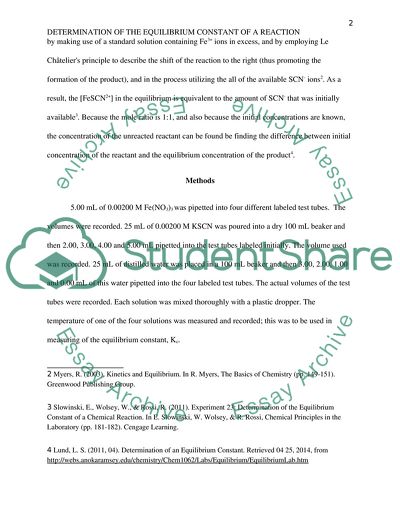Cite this document
(Finding the Equilibrium Constant Lab Report Example | Topics and Well Written Essays - 1250 words, n.d.)
Finding the Equilibrium Constant Lab Report Example | Topics and Well Written Essays - 1250 words. https://studentshare.org/chemistry/1824110-chemical-equilibrium
Finding the Equilibrium Constant Lab Report Example | Topics and Well Written Essays - 1250 words. https://studentshare.org/chemistry/1824110-chemical-equilibrium
(Finding the Equilibrium Constant Lab Report Example | Topics and Well Written Essays - 1250 Words)
Finding the Equilibrium Constant Lab Report Example | Topics and Well Written Essays - 1250 Words. https://studentshare.org/chemistry/1824110-chemical-equilibrium.
Finding the Equilibrium Constant Lab Report Example | Topics and Well Written Essays - 1250 Words. https://studentshare.org/chemistry/1824110-chemical-equilibrium.
“Finding the Equilibrium Constant Lab Report Example | Topics and Well Written Essays - 1250 Words”. https://studentshare.org/chemistry/1824110-chemical-equilibrium.


